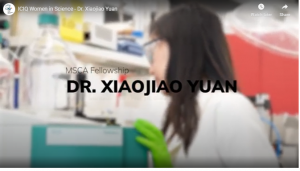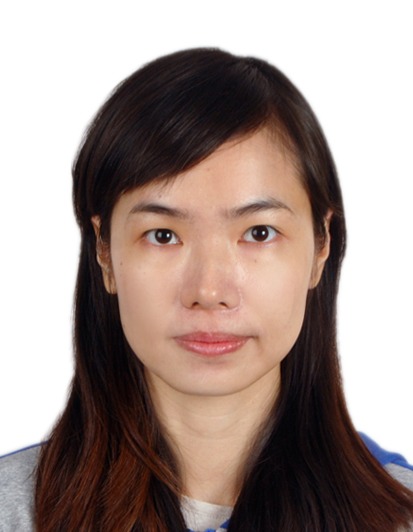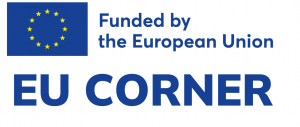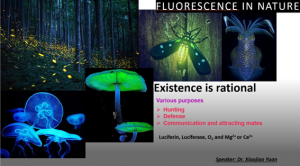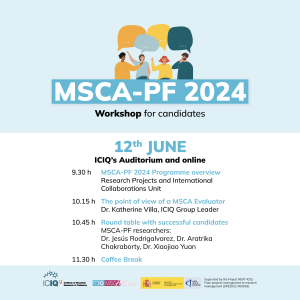The electrochemical nitrogen reduction reaction (NRR) provides a sustainable alternative to the Haber-Bosch process for ammonia (NH3) production. Transition metal catalysts have poor NRR performance due to the highly competitive hydrogen evolution reaction and the scaling relation between inert dinitrogen (N2) and other reaction intermediates. Single-atom catalysts (SACs) have been proven to be effective in overcoming these limitations owing to the enhanced active sites and the anomalous quantum size effect. Inspired by biological rhizobia nitrogen fixation, this proposal, Green Renewable Energy-derived Electrocatalytic Nitrogen reduction reaction that yields NH3 under mild conditions (GREEN) aims to develop, characterize and mechanistically understand S/P-coordinated transition Metal Single sites-doped (Fe, Mo and FeMo) Carbon Matrices (MSCMs) as electrocatalysts for high activity and selectivity NRR. The specific goals of GREEN are: i) Successfully synthesis of MSCMs electrocatalysts to achieve high performance and selectivity towards NRR; ii) Characterize MSCMs to determine their electronic structure, local atomic environment, charge density and affinity with N2 molecules, etc.; iii) Determine the activity of the MSCMs catalysts and fine-tuning of working conditions and parameters for highly efficient electrocatalytic NRR and the catalytic mechanisms for NRR will be further recognized. The results of this project have the potential to greatly reduce the energy consuming and CO2 emissions due to the ambient operating conditions and using water as the hydrogen source, which aligns with both the European Green Deal’s call for green energy and zero net emissions of greenhouse gases by 2050 and United Nations Sustainable Development Goals. Throughout this project, the applicant will learn new techniques, develop her skills as an independent researcher and mentor, and expand her international collaborations and relationships network.
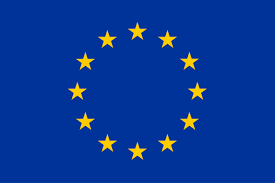 This project has received funding from the European Union’s Horizon Europe research and innovation program under grant agreement 101106683
This project has received funding from the European Union’s Horizon Europe research and innovation program under grant agreement 101106683
